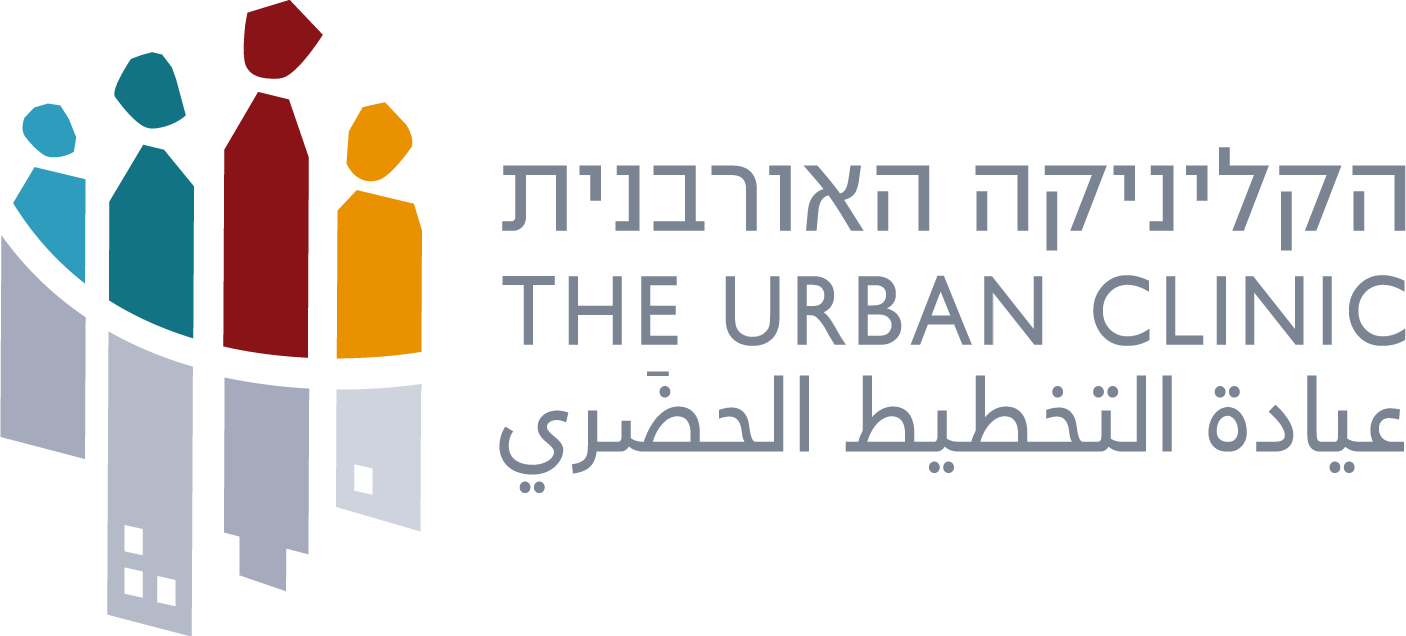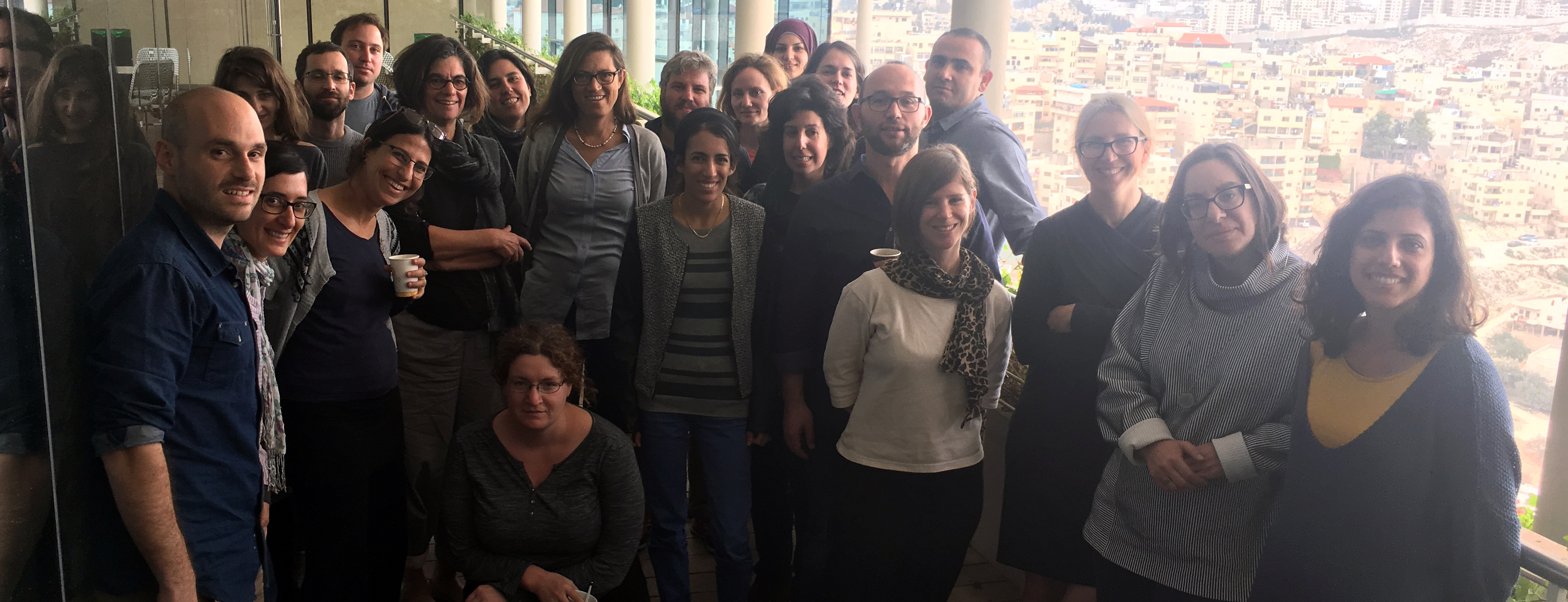
The powerful actors involved in surveillance are still governments and corporations, but the possibilities of people performing surveillance on others, as well as being observed themselves (by others), has deeply extended.
In this picture, taken at the mass social protest in Israel in 2011, we can see how the different actors can be perceived as equal. The police and citizens are all surveilling each other. Yet looking closer we can ask. Who has the power here? Is it clear who can control who? Who will upload the video and pictures to the internet first? On who is their more limitations? By the way, the man in the middle of the picture without a cameras was later arrested.
We can call this ‘lateral surveillance’ (Andrejevic 2005), where surveillance can be mutual. Like in social networks where participants involve themselves with their surveillance systems because they meet their desires and needs. People surveilling each other - “participatory surveillance” (Albrechtslund 2008), has the potential to be empowering, subjectivity building and even playful. Yet, this comes with a price, a society where “we are invited to become spies”. paradoxically contributing to instilling fear instead of reducing the sense of insecurity felt by citizens”
In my research, I explore how the control over the surveillance systems can be allocated to communities. I do not only How can surveillance technology be used not to control and/or discipline people; but how communities can use surveillance for their own needs and benefit.
This study is carried out in Jerusalem, a contested city, with its complex combination of historical, religious, national, political and urban realities. Previous research on surveillance in Jerusalem demonstrates how the Israeli authorities followed a pattern of transplanting military strategies and technologies from the ‘periphery’ into civilian metropolitan areas, in this case from the occupied West Bank into the heart of the Jerusalem (Volinz 2017).
We can see this in the project “Mabat Yerushalayim” (Jerusalem Gaze) which is currently being set up in Jerusalem, as an example of this pattern. A tremendous video surveillance project, which also system Includes a loudspeaker system and temperature and noise sensors, connecting over video 1400 cameras from all around the city. Soon, “There will be no civilian in Jerusalem that will not be documented” said a Top Israeli police official.
However, studying surveillance in West Jerusalem Jewish neighborhood public spaces, we come upon a paradoxical picture. Both from the authorities controlling the systems and the residents living under them we observed mixed and ambiguous reactions and behaviors. From acceptance, and a desire to expand the system, to uneasiness and not trusting the system, to resident-led participatory surveillance activities on themselves, park visitors, and surveillance of park-related authorities and municipal workers.
These findings are leading to a participatory action research, working with the community to design tools and systems that make the public space not only safer and welcoming, but also more opened and democratic.
Ronen Eidelman, Faculty of Architecture and Town Planning, Technion - Israel Institute of Technology


